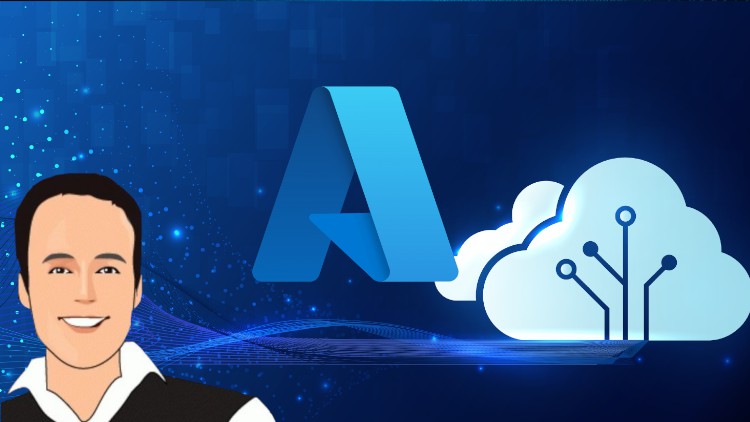در حال حاضر محصولی در سبد خرید شما وجود ندارد.

Get prepared for the AZ-104 exam with instructor led labs and hands on simulations available 24/7
در این روش نیاز به افزودن محصول به سبد خرید و تکمیل اطلاعات نیست و شما پس از وارد کردن ایمیل خود و طی کردن مراحل پرداخت لینک های دریافت محصولات را در ایمیل خود دریافت خواهید کرد.


Intune (MDM / MAM) Microsoft training course with HANDS ON

دوره هویت و خدمات در Microsoft 365

Microsoft Applied Skills: Configure secure Azure networking

دوره یادگیری عملی مایکروسافت تیمز MS-700

AZ-140 Configuring & Operating MS Azure Virtual Desktop AVD

AZ-900 Microsoft Azure Fundamentals with SIMULATIONS

MD-102 Endpoint Administrator Associate course with SIMS!

مدیریت هویت و دسترسی در Azure Active Directory

MS-900 Course with Practice Sims. Microsoft 365 Fundamentals

Intune Training with Microsoft Endpoint Manager (MDM / MAM)
✨ تا ۷۰% تخفیف با شارژ کیف پول 🎁
مشاهده پلن ها